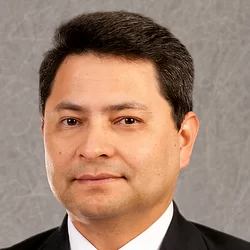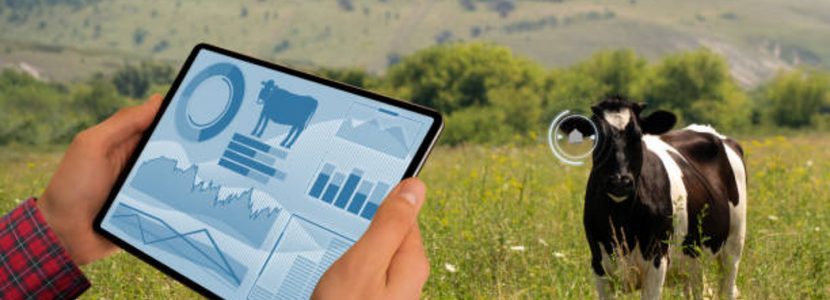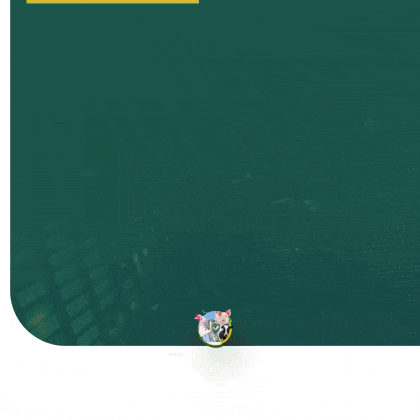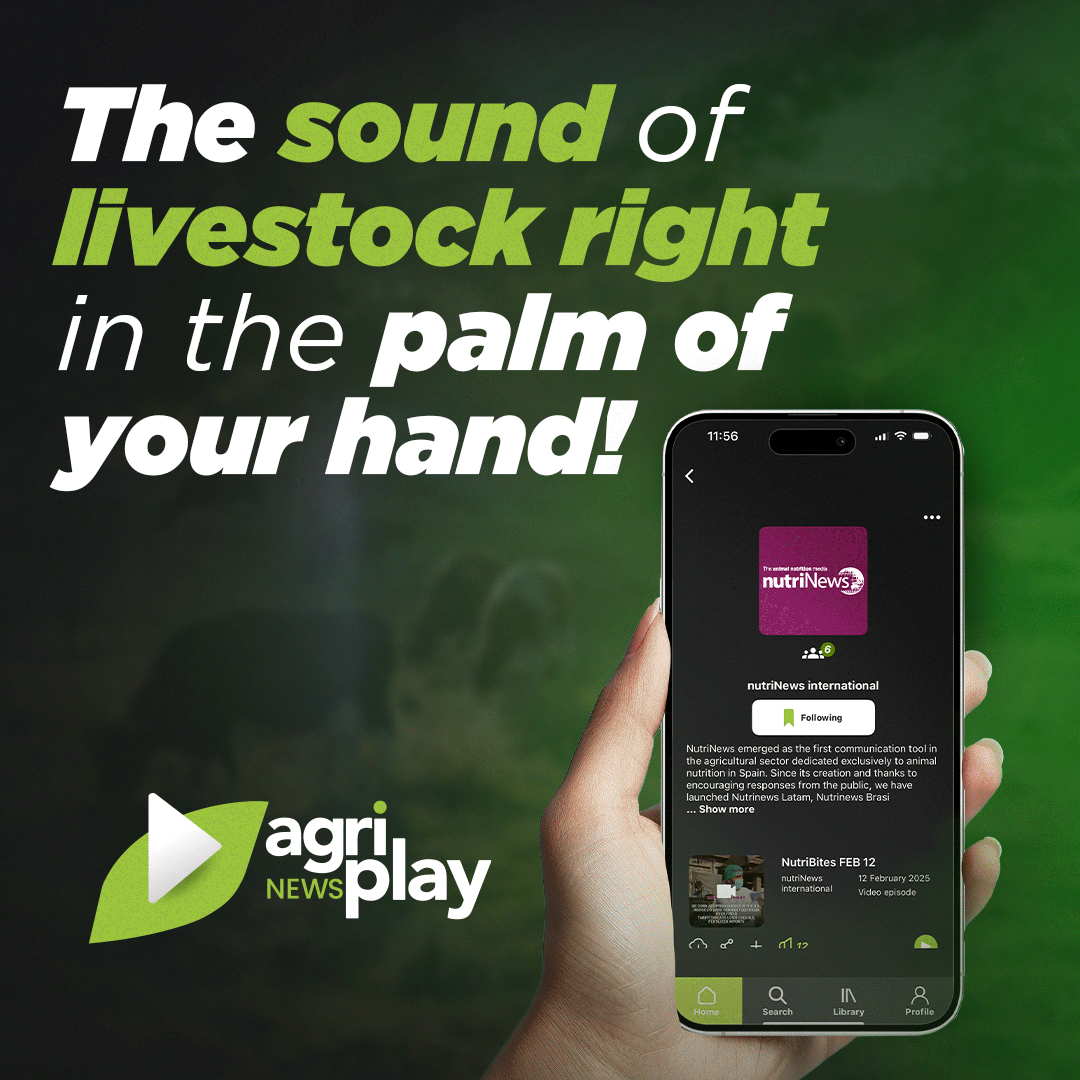(MODNUT) WORKSHOP ON MODELING NUTRIENT DIGESTION AND UTILIZATION IN FARM ANIMALS
Mathematical modeling is a technique essential to understand intricate problems or situations like we observe in animal nutrition. When multiple factors can affect a response in so many different ways, it is difficult to estimate the responses. Modeling tries to simplify reality to integrate the main interactions. It has been used in animal nutrition for over 100 years to determine nutritional requirements for almost all species, create decision support systems to make decisions, teach, and integrate scientific information. However, despite its importance and application, currently, there are few learning opportunities to receive training in modeling principles in animal nutrition.
The MODNUT workshops started in 1979 when animal researchers and mathematical modelers worldwide
proposed a workshop to discuss the integration of their respective fields and share their most recent findings. Thus,
a premier event named the “Workshop on Modeling Nutrition Digestion and Utilization in Farm Animals” (MODNUT) was held in Hurley, the United Kingdom.
Five years later, Drs. Lee Baldwin and Tony Bywater coordinated the second MODNUT in Davis, California. Since then, researchers from all across the globe have gathered quinquennially at this very fruitful scientific forum to discuss the application of modeling across multiple disciplines of animal science.
Since it started, MODNUT has been held across the world in locations such as:
New Zealand in 1989; coordinated by
Drs. Bruce Robson and Dennis Poppi
Denmark, 1994; coordinated by Dr.
Allan Danfaer
South Africa, 1999; coordinated by
Dr. F. Richardson
Netherlands, 2004; coordinated by
Drs. Jan Dijkstra, André Bannink and
Walter Gerrits
France, 2009; coordinated by Dr.
Daniel Sauvant
Australia, 2014; coordinated by Dr.
Dennis Poppi
Brazil, 2019; coordinated by Dr. Izabel Teixeira.
From September 18th to 21st, the 10th MODNUT was held in Alghero, Sardinia, Italy, organized by Dr. Antonello Cannas. A total of 112 participants gathered in Sardinia, while 35 were online, from those participants, 32% were students. Participants came from 19 countries, including Italy (48%), the United States (29%), France (11%), Canada (11%), and Brazil (11%).
The program included lectures, short communications, poster presentations, networking activities, and a formal workshop. Ninety-eight abstracts were received, and a Supplement of the the Peer-reviewed a...












